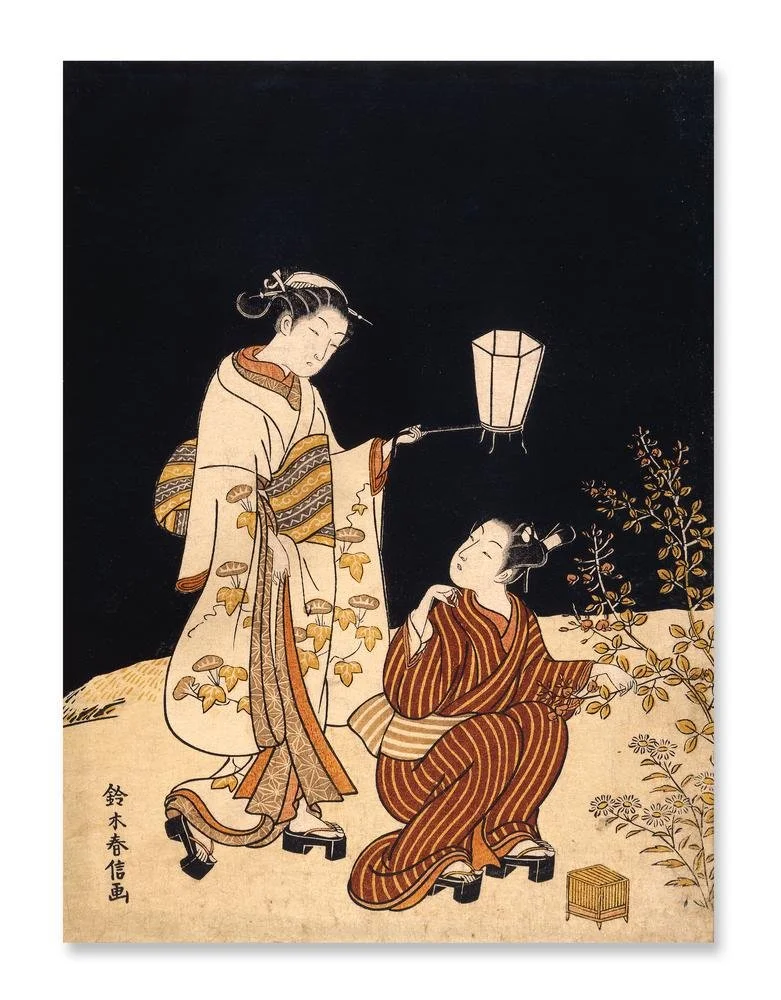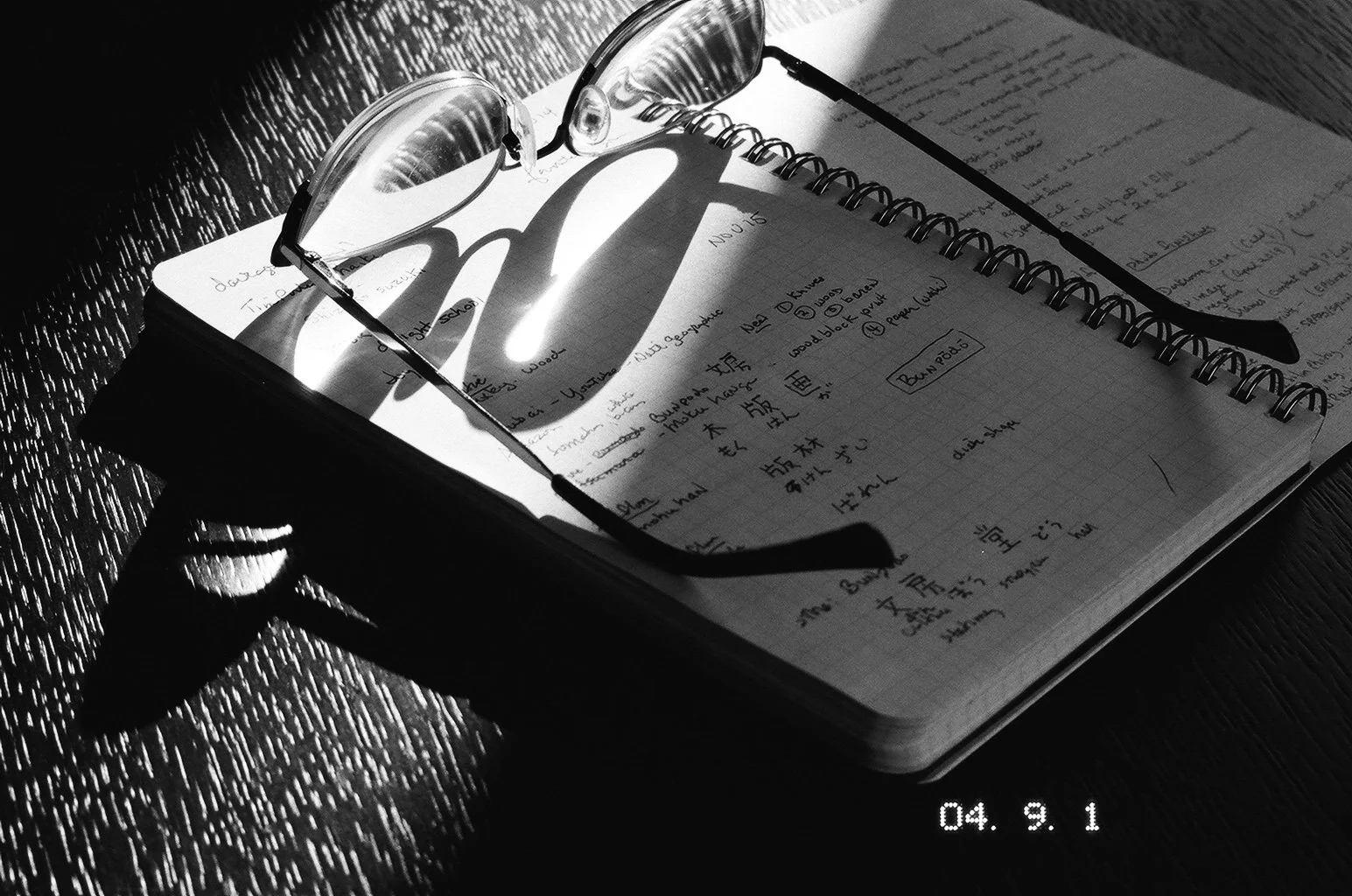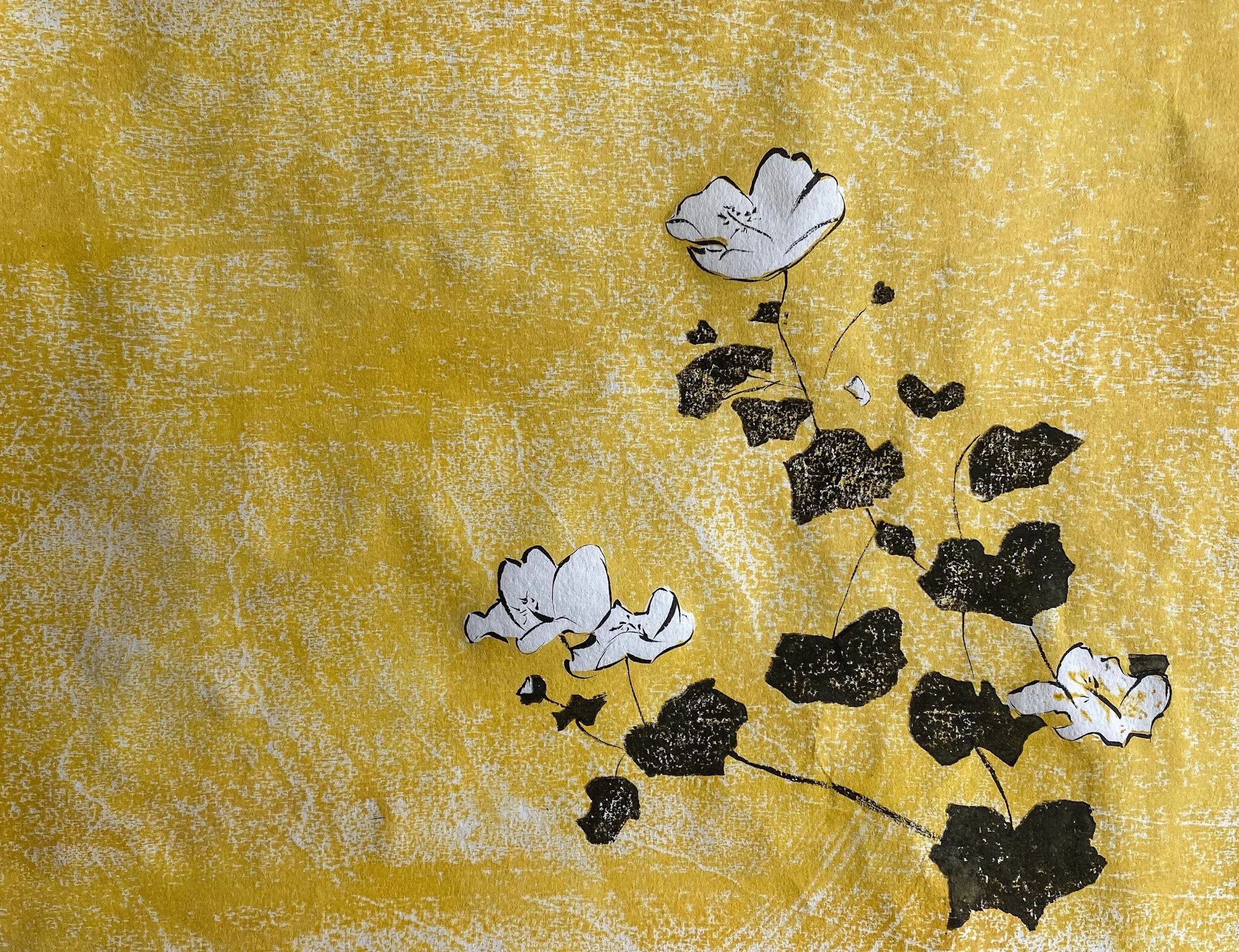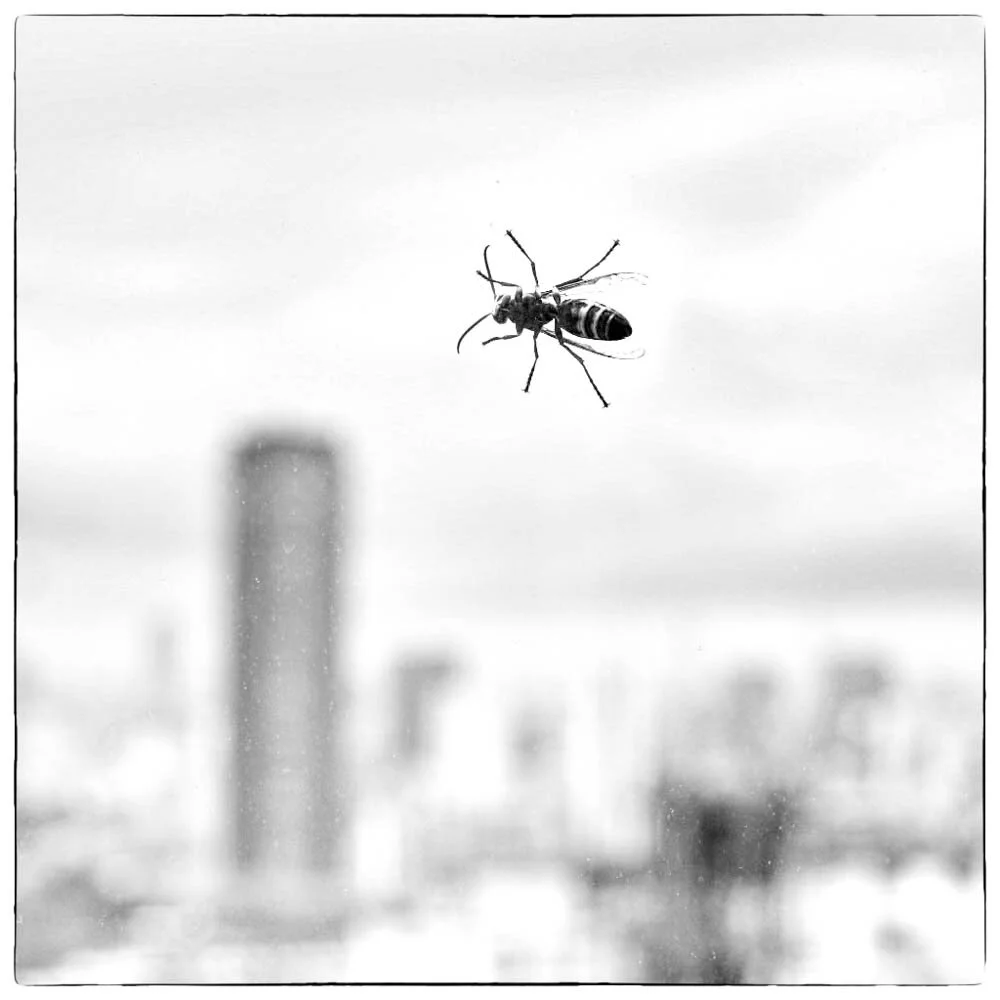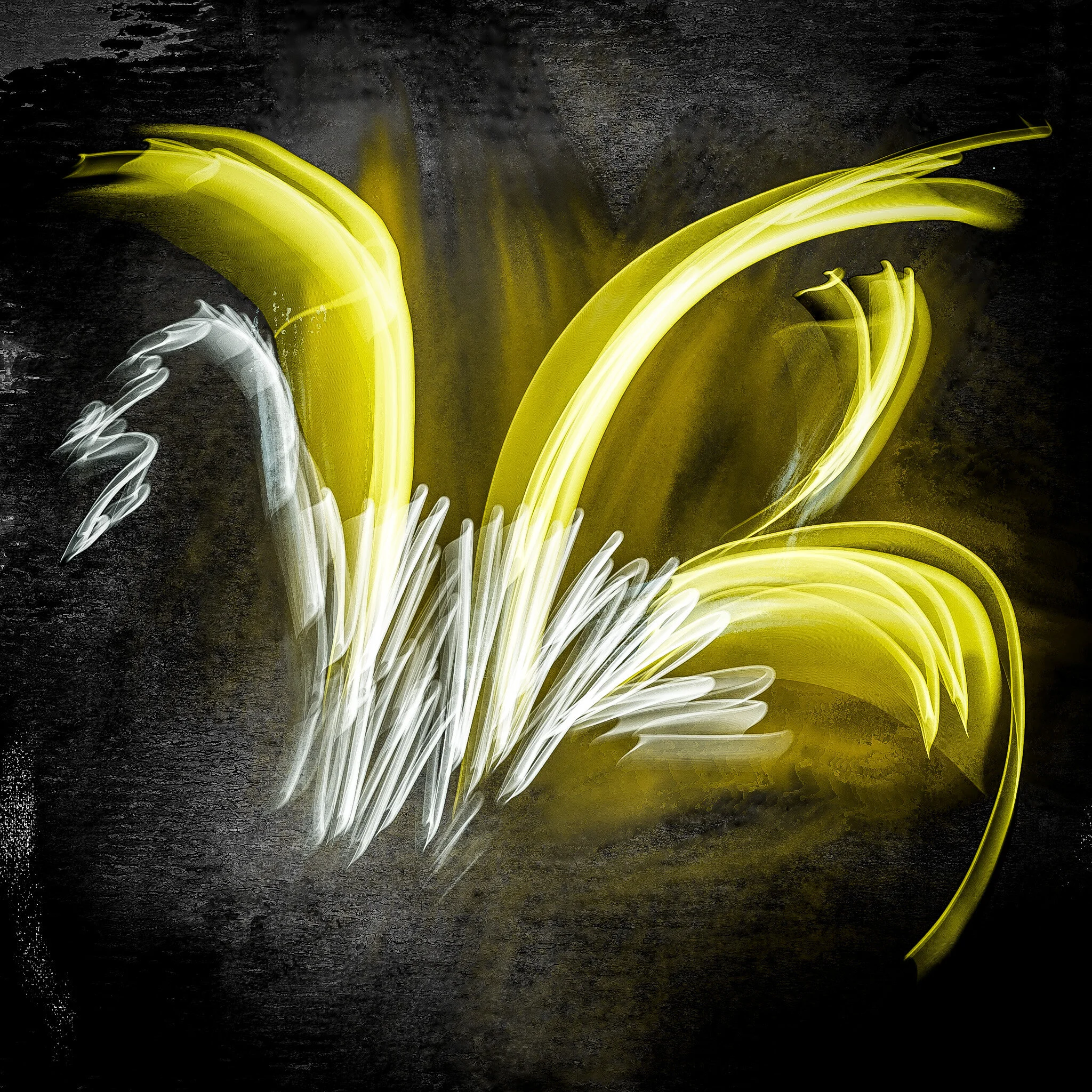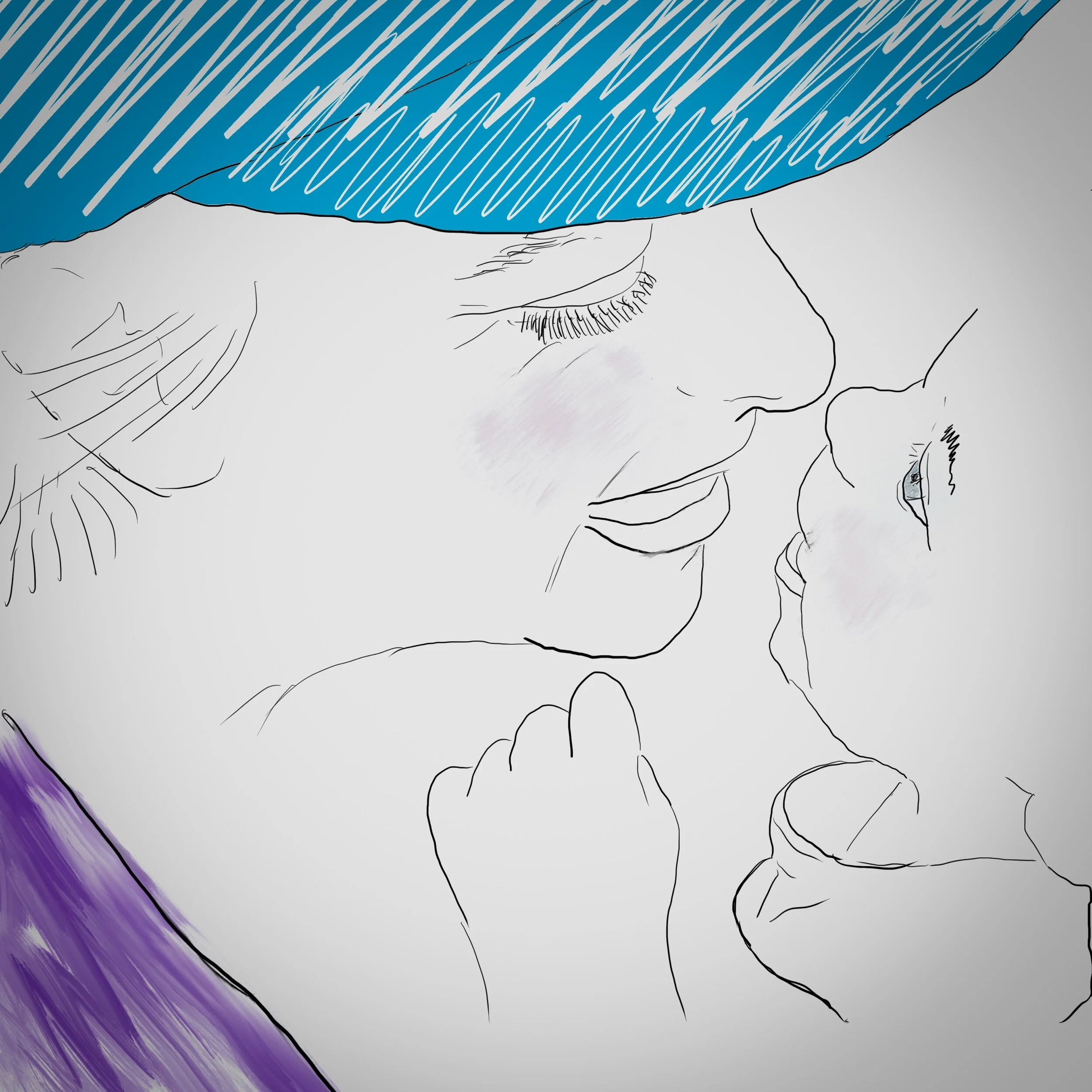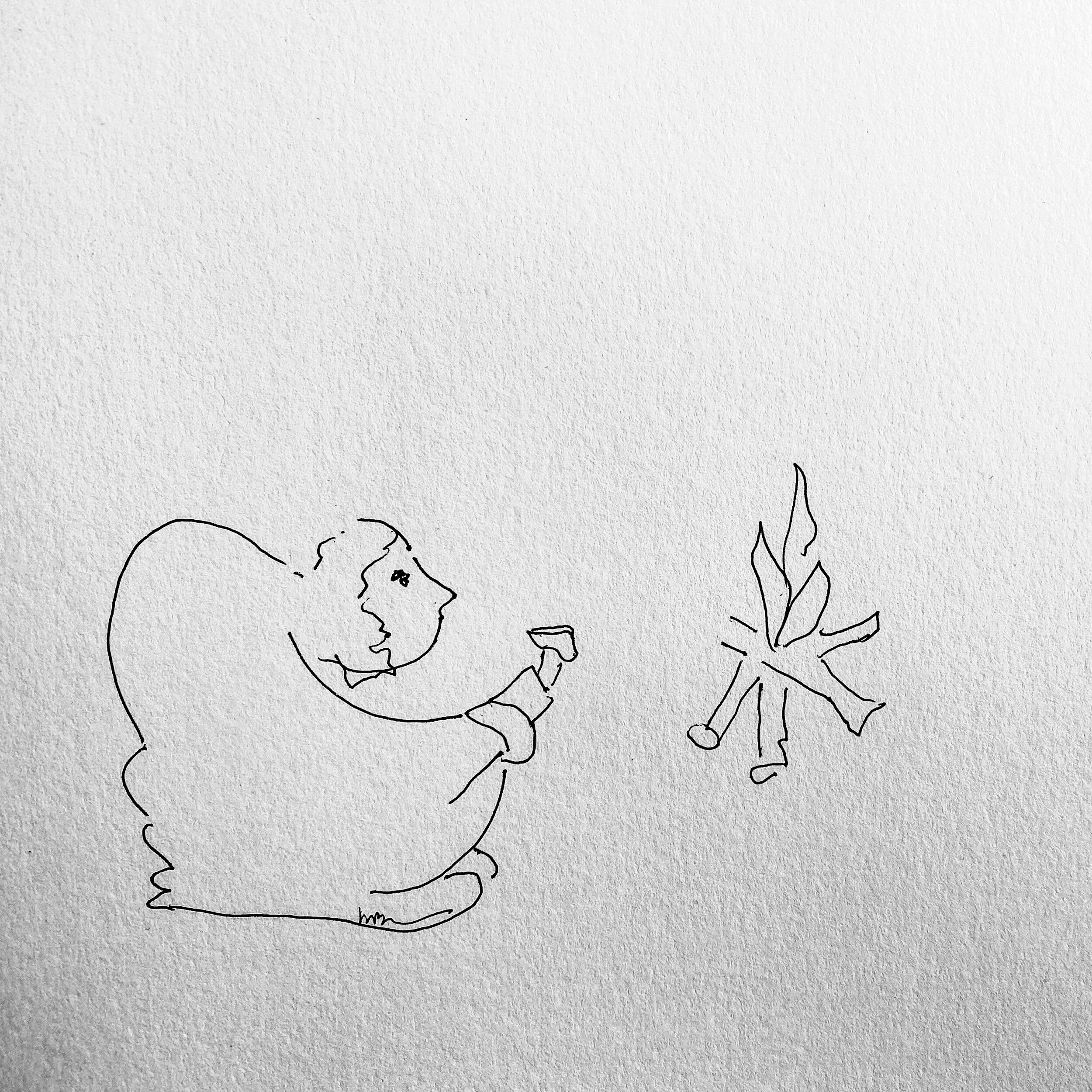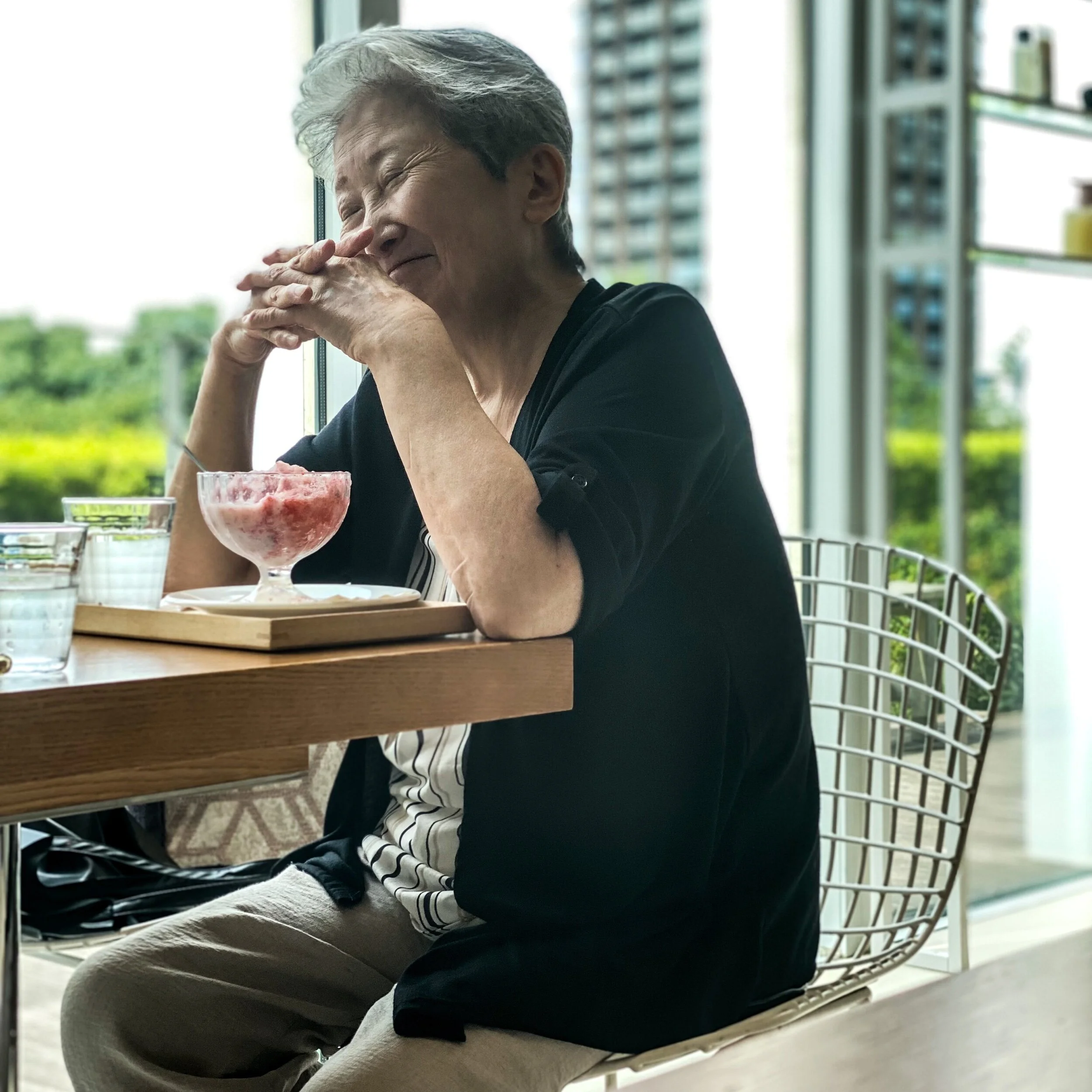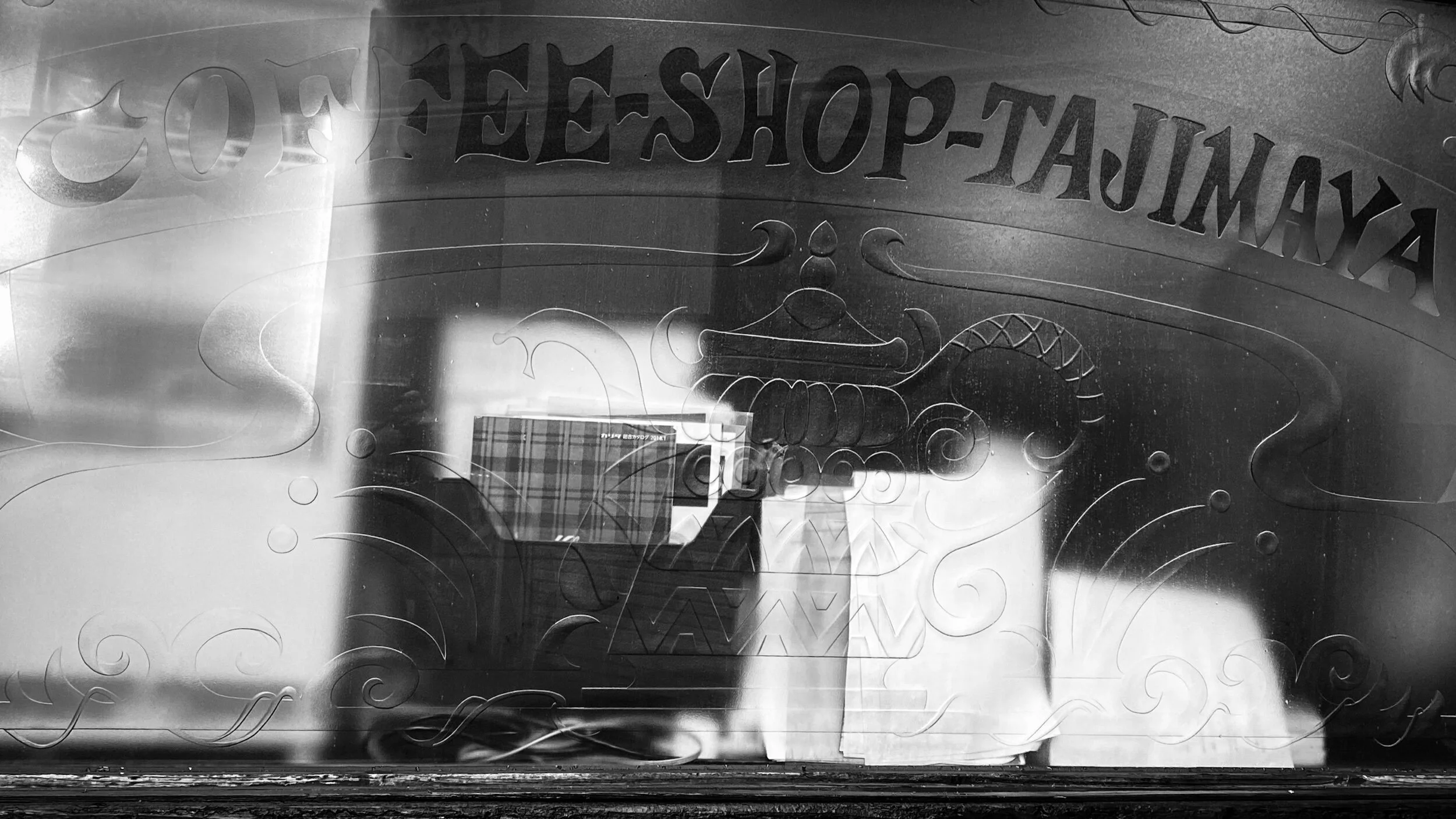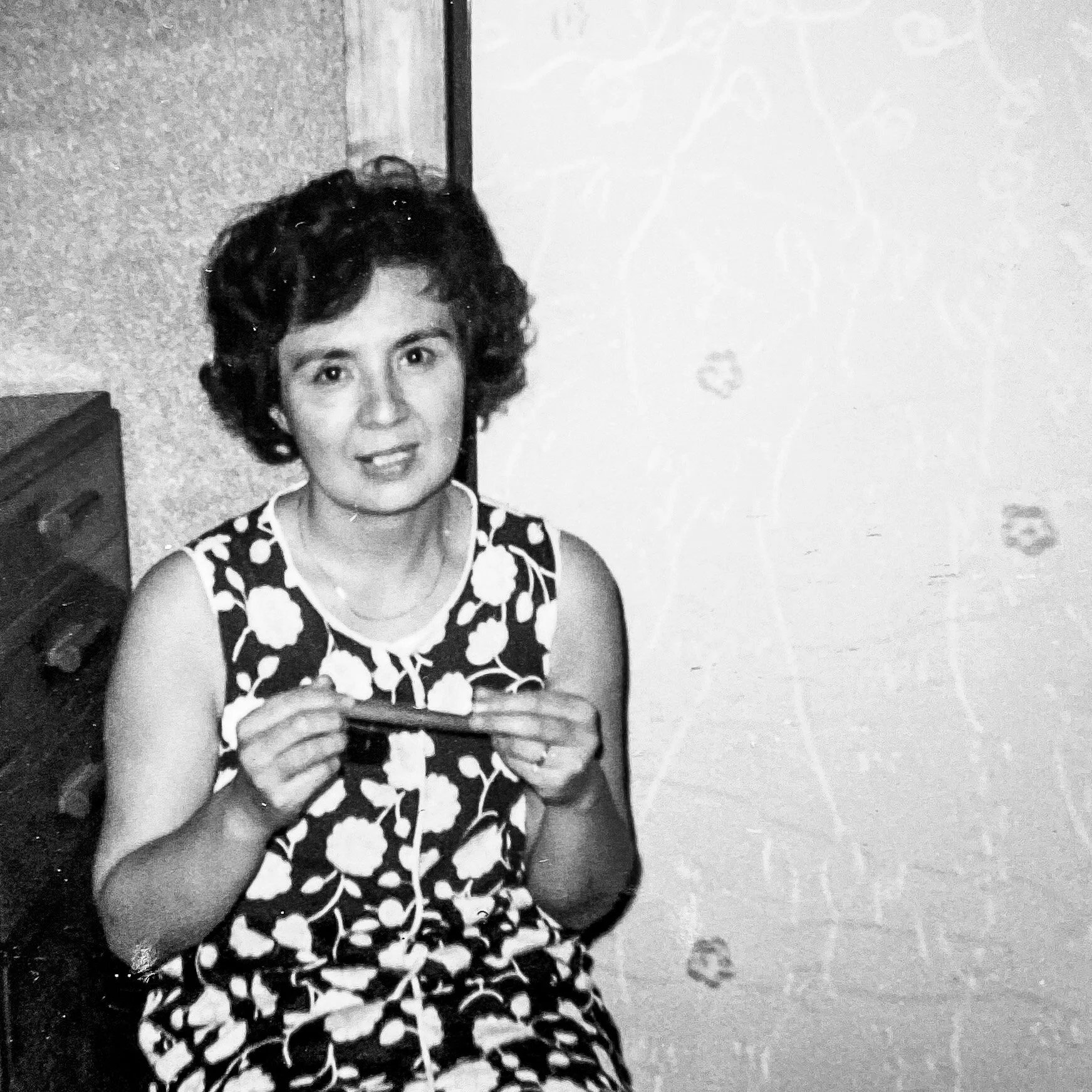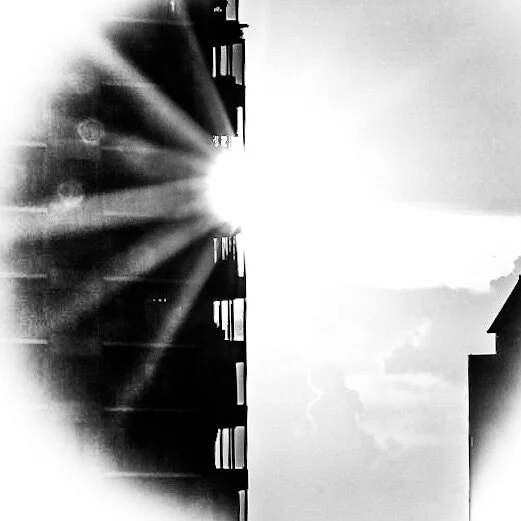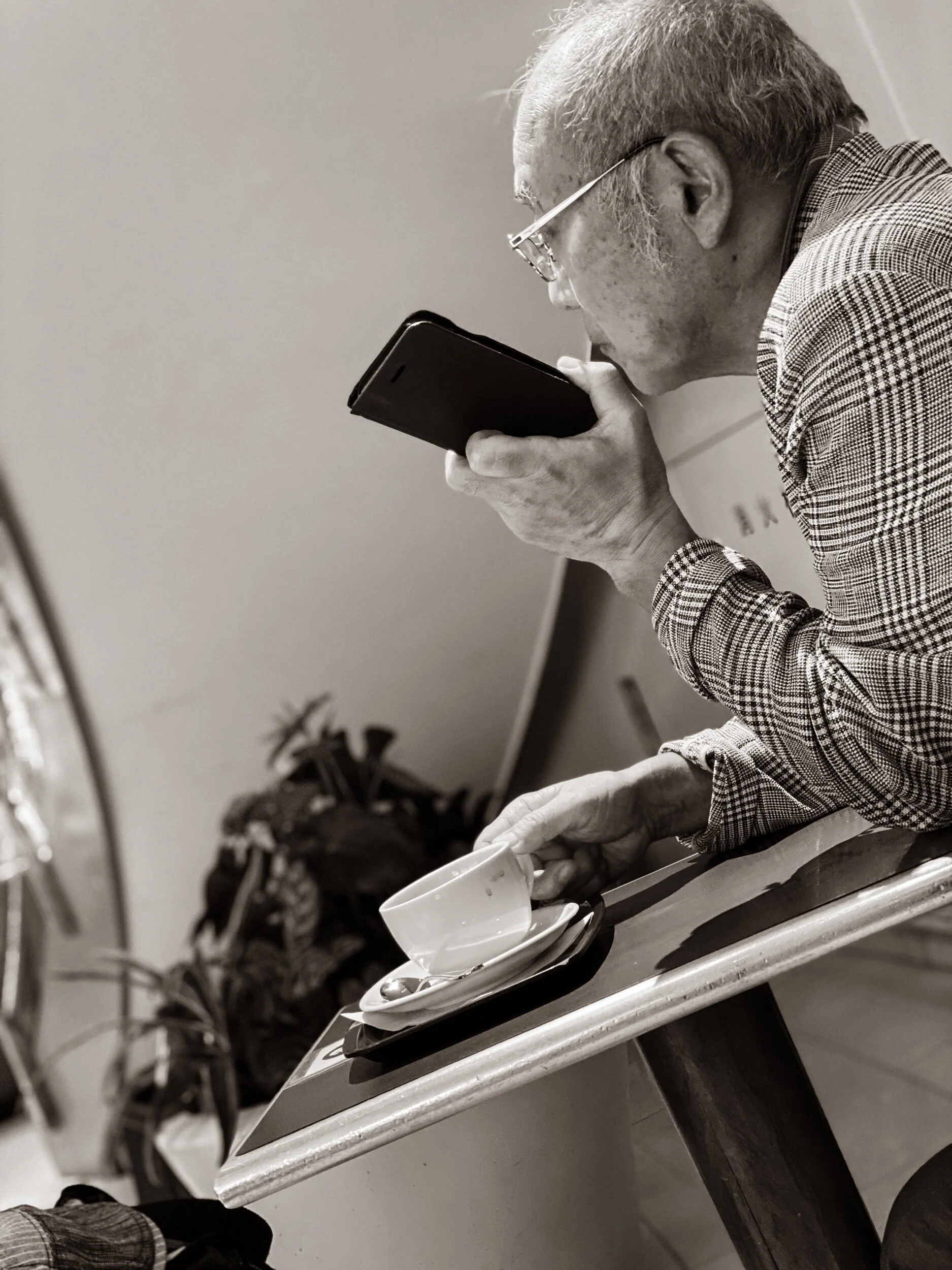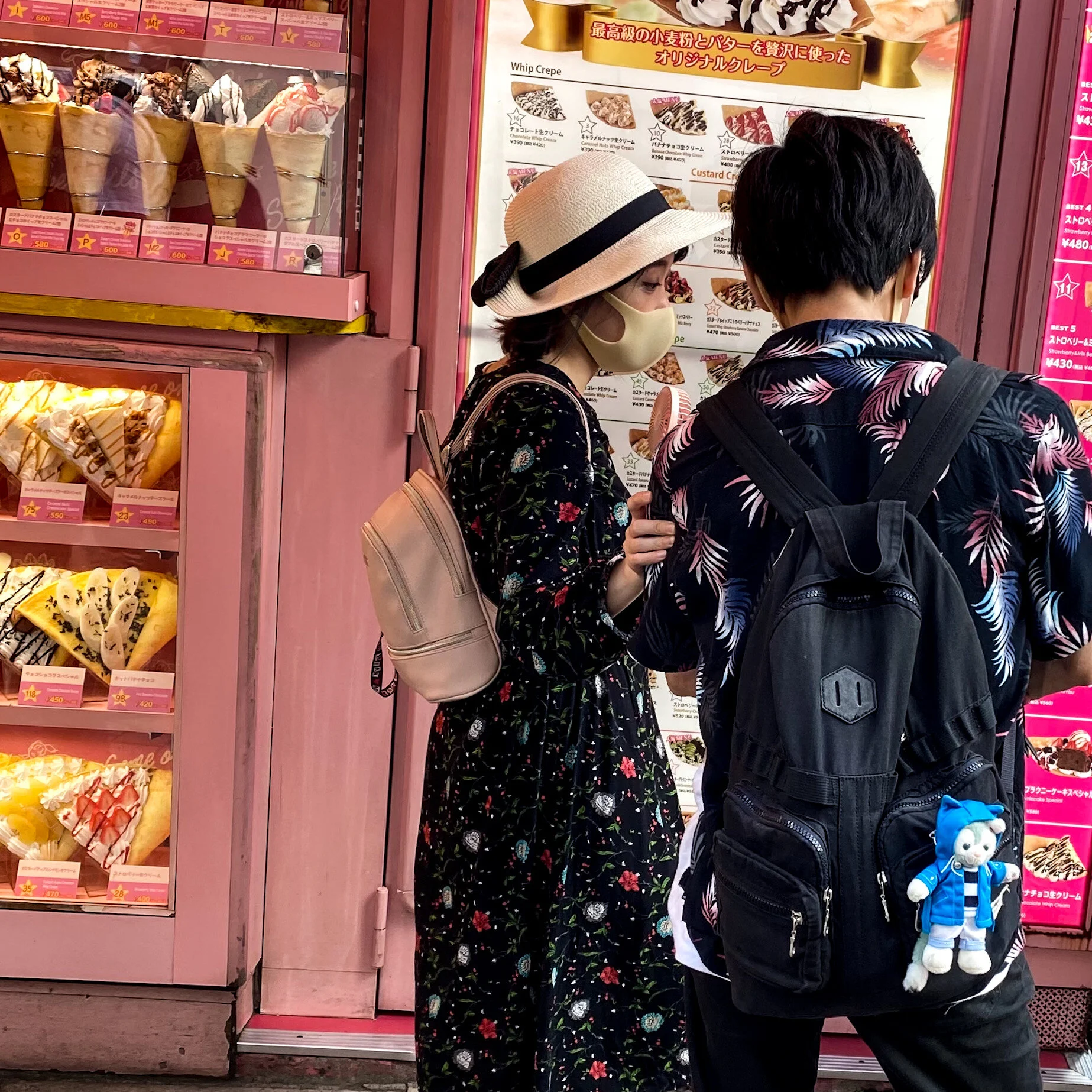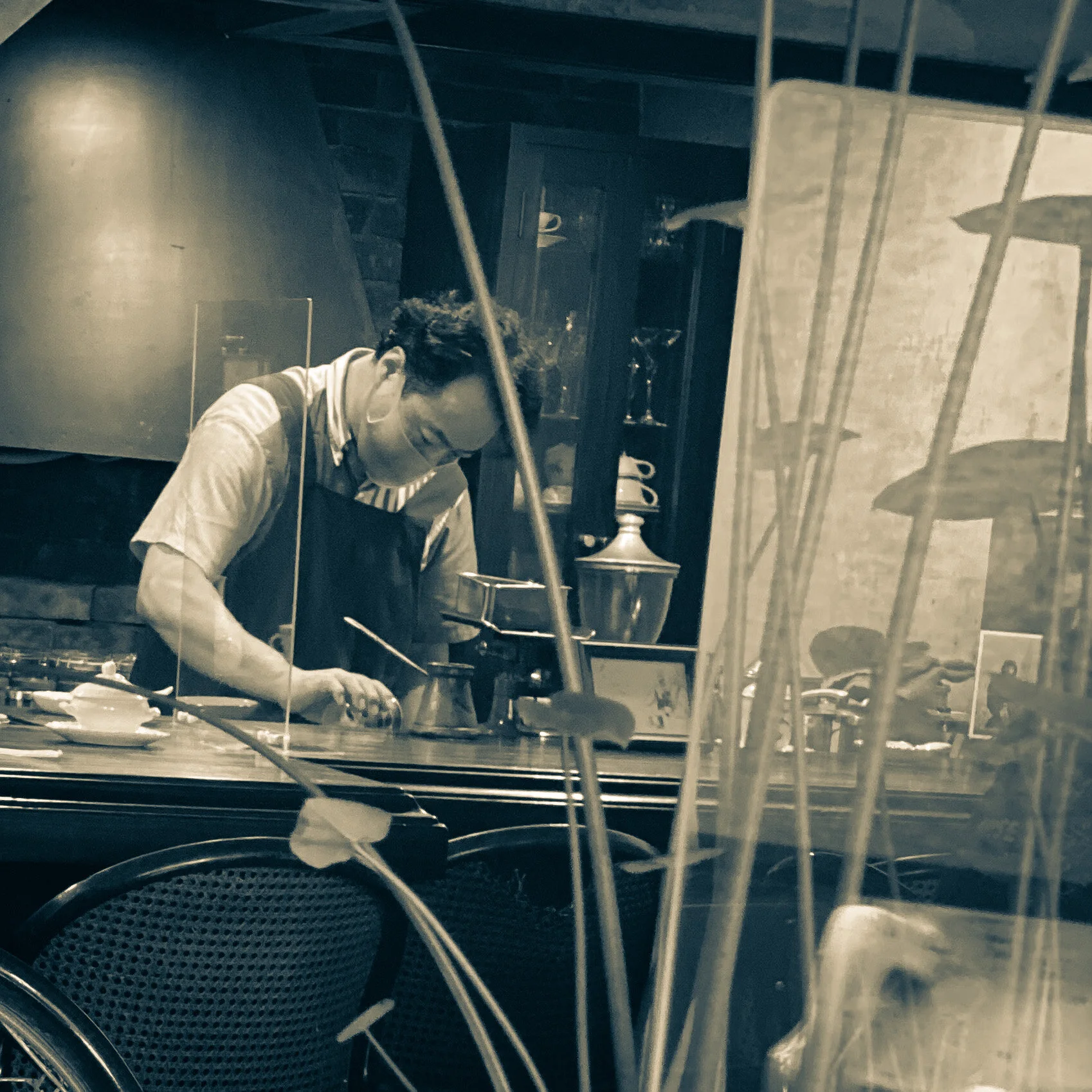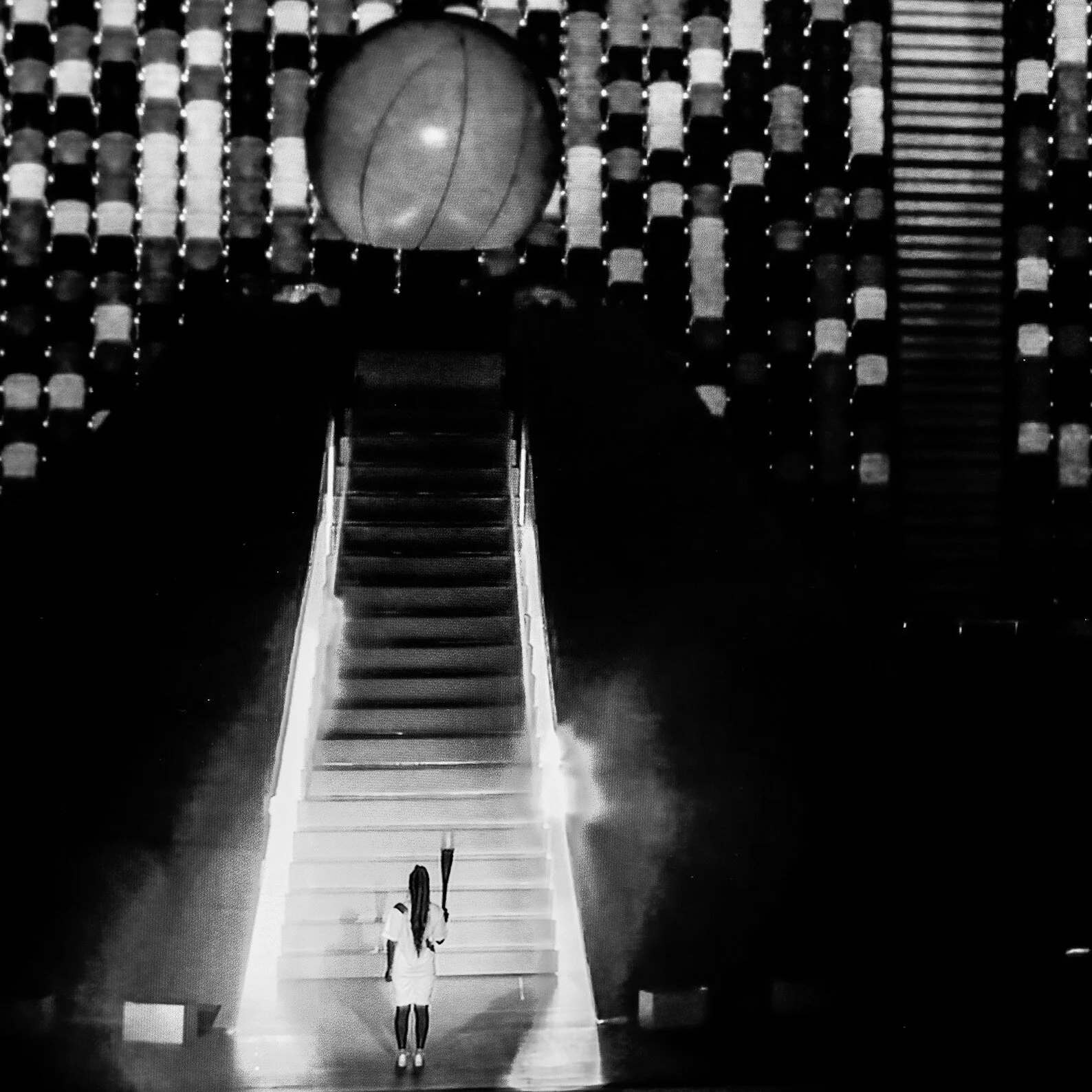“The next stop is Omote-sando. The door opens on the right side.” The Tokyo Subway system is efficient, clean, and easy to understand. All the signs and maps are in English and Japanese. On the platform a nice British lady announced the coming of my subway, and inside the subway car the same lady told me what stop was next. Across from my plush blue seat, I studied two digital screens that showed me where I was, where I was going, and what exits to take for what streets. I have an app that automatically pays my fare. Passmo. And it is on my Apple Watch, which means I just pass my wrist over the reader pad and I can go right onto the platform. I had my own personal guide - Google Maps - giving me directions.
That should be easy, right? Then, why was I so nervous?
Have I told you that I have very little sense of direction? It is a real thing. The Internet says so. Scientific American calls this problem a “developmental topographical disorientation.” (That’s a mouth full.) And the bewilderment of not knowing where I am and how to get where I am going, leads to a fear of getting lost which is called mazeophobia. Like being afraid of getting lost in a maze.
My first scary get-lost-in-a-foreign-country experience was right here in Tokyo. August 1968.
Within days of arriving, I was sent out, like a little bird on her own, to register for classes at Sophia University. My Japanese mother, お母さん, sat me down at the kitchen table and drew me maps, and told me how to get on and off the subway. Yup. That worked. I made it to the university and then I came back to where I started….I arrived at Ogikubo Station just as Okasan taught me. Filled with stories to share with my Japanese family, I left the station confidently. I say ‘confidently’ because this was before I developed mazeophobia. As I walked up the stairs out of the station and my eyes adjusted to the sunlight, nothing looked familiar. Well….as a matter of fact, everything looked familiar; it all looked the same. Same looking streets, cars, buildings, people. I can still feel tears forming, the metallic taste in my mouth, and the panic rising. How was I going to get back to Okasan’s house? Where would I go? Who was going to help me? Where would I spend the night?
Noticing my bewildered lost look, a young girl dressed in a blue and white school uniform, right out of a Japanese anime, asked, “大丈夫? Can I help you?” I felt inadequate; I couldn’t speak Japanese, I was lost, and I was scared. “Yes,” I answered quietly. The anime girl made some gestures like she was writing something in the air. Oh! That was a good idea! I struggle to get into my backpack and dug out a paper with some kanji written on it. My new address! Ah ha! I had exited the station through the wrong door. My new found savior, the girl in blue and white, walked me all around the station and set me on the right path home. I have to admit that I don’t know exactly what she was saying, but hand gestures and kind smiles go a long way in understanding a new foreign language.
This is not the only time I have gotten lost. Oh no. There was Ukraine. And Kathmandu. And Upstate New York. My fear of getting lost and my problem with ‘don’t know if I should go left or right’ - has not stopped me from traveling.
But, a bit of advice, if you also suffer a fear of getting lost, go with someone who has a good sense of direction - then the travel is a lot less stressful.
By the way, I didn’t get lost yesterday. I arrived at the restaurant 15 minutes early to meet my friend. In the morning, Don walked me through directions. He has a good sense of direction. And, loves getting almost lost. Because he is never really lost.
